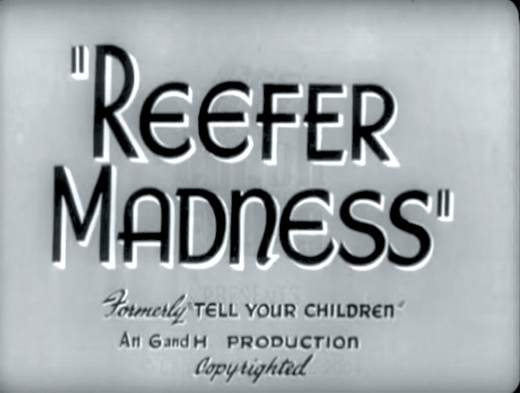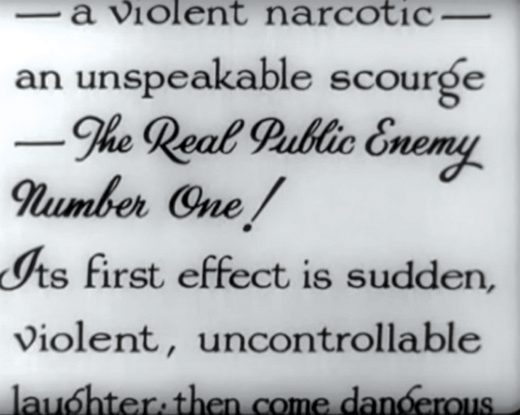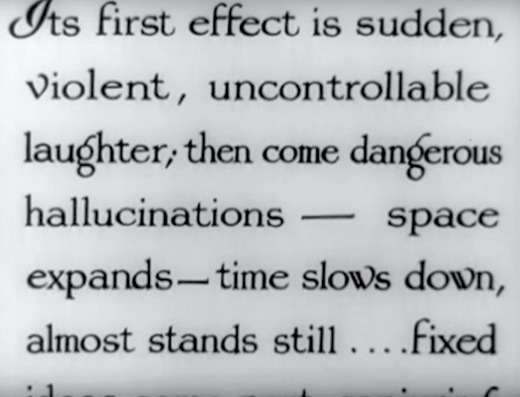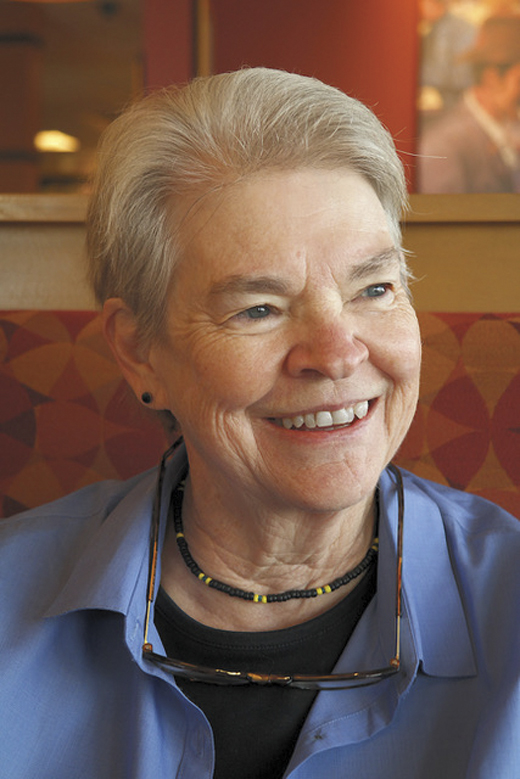The highs, lows, benefits, and downfalls of legalizing marijuana.
℘℘℘
The archeologists who discovered the bones of a man in China’s Gobi Desert determined his age at over 2700 years and noted he was buried alongside 28 ounces of marijuana. Thanks to dry desert conditions, the pot, unlike the man, was well-preserved and scientists speculated the stash may have been a hunter-gatherer love token. Not surprising, since every civilization in pre-history from the Stone Age on took advantage of the psychoactive properties in Cannabis sativa or marijuana.
It was William O’Shaughnessy, doctor, scientist and Limerick man, who introduced cannabis to Western medicine in 1839. Stationed in India, he read where, 4000 years earlier, cannabis was mentioned in sacred Hindu texts, the Vedas. O’Shaughnessy’s meticulous research demonstrated the herb’s success as a medicine, particularly with patients suffering from rheumatism and the pain associated with tetanus and cholera. The doctor did see some strange side effects from his subjects who would often turn “talkative and musical” and “dissolve into uncontrollable giggles” while the occasional patient would “eat the dinner of two persons.” Some were cured, others received palliative care, and for those who were terminal, “cannabis,” as O’Shaughnessy delicately put it, “strew the path to the tomb with flowers.”

In the United States during the 19th century, marijuana was a frequent ingredient in medicinal tinctures and routinely prescribed as a pain reliever and an anti-convalescent. Things changed at the beginning of the 20th century with the arrival of Mexicans, escaping revolution, who introduced the concept of smoking “marihuana” just for fun. The idea took hold but so did government propaganda declaring reefer “subversive,” much like the music that became its soundtrack – jazz. After the Great National Buzzkill, Prohibition, was ended, federal agents had a lot of time on their hands. Henry Anslinger of the newly created Federal Bureau of Narcotics turned to the menace of marijuana. Government “research” linked it to violence and inciting “Negroes, Mexicans and other social inferiors” to rape white women. So began the war on pot.
The Feds had a dramatic weapon in the war – a 1936 movie, Reefer Madness, a cautionary tale wherein innocent teens, addicted to “Marihuana” cigarettes, wildly danced to jazz music and, oddly, featured frequent scenes of young girls revealing their garter belts. If it sounds ridiculous, it was, particularly the opening frames denouncing the herb as a “a violent narcotic…ending often in incurable insanity.” Now the movie is a camp classic, but back then it was serious and scary. The following year, 1937, the plant with a 5,000-year history of medical use, was prohibited and criminalized in the United States. Even harmless hemp, the stuff of rope and paper, went down with marijuana.

The government kept raising the bar on the ban. By the early 1950s a first-offense marijuana possession carried a minimum sentence of 2-10 years with a fine of up to $20,000. In 1971, when it was evident that mainstream white Americans and not just beatniks and sax players were enjoying pot, President Nixon officially declared a “War on Drugs.” Marijuana was now a Schedule 1 Drug along with heroin, its users subject to “mandatory minimums.” Many years later, Nixon’s domestic policy advisor, John Ehrlichman, confessed the “War on Drugs” was racially and politically motivated, a facile tool against Nixon’s (pothead) “enemies” used to imprison African Americans and anti-war activists.
These days weed wafts in the air everywhere as enthusiasts openly smoke the still-illegal herb while the furtive puffers of still-legal cigarettes hide in shame. The drastic shift seems like it came quickly but it didn’t, it was a slow, uphill fight. A good place to begin this history is with Alice O’Leary, “The First Lady of Medical Marijuana Movement,” who’s been on the front lines of the movement for 45 years. Alice, now 71, lives in Florida, the state where, many years earlier, she met her husband, Robert Randall. Even at the beginning of their relationship, Robert was suffering from the glaucoma that had plagued him his entire life. His doctors flatly told him he would be a blind man by the age of 30.

A sometime–pot smoker in college, Robert hadn’t smoked a joint in years until one evening in 1973 when he shared one with friends. It was an epiphany of profound proportions, “a singular moment,” and it wasn’t what he saw, “Actually it was what I didn’t see that stopped me. The haloes around the nearby streetlight were gone.” For glaucoma patients every light comes with a dreaded, tricolored halo but now after smoking, Robert’s haloes were gone.
His ophthalmologist confirmed Robert’s discovery, his intraocular eye pressure (IOP) was now, with marijuana, in the “safe range.” But the seemingly miraculous news was tempered with harsh reality – Robert needed, on a regular basis, a Class A drug. It proved too expensive to buy on the streets so Alice and Robert grew pot –a total of four plants–on the sun porch of their Washington DC house. In 1975, coming home after a long weekend, they found the house ransacked, a search warrant lying on the kitchen table. Busted! They hired a lawyer but when Robert said, “I smoke marijuana for medical reasons…to save my eyesight” the lawyer they could barely afford laughed in his face.

Just as Alice had shared Robert’s battle against glaucoma, she joined him to fight the United States government and change the laws on medical marijuana. They went to NORML (National Organization for the Reform of Marijuana Laws) where they learned that for four years the organization had been trying, unsuccessfully, to reclassify marijuana for medical use. Before Robert’s case went to trial, the court ordered him to undergo a battery of tests at UCLA. There he made an unsettling discovery, UCLA – and the Federal Government—were already aware of pot’s ability to reduce inner eye pressure.
Their case went to Washington DC Superior Court. In November 1976, the judge ruled Robert “has established a defense of necessity. . . The evil he sought to avert, blindness, is greater than that he performed.” The charges were dismissed and Robert received his prescription medicine, joints in a pill bottle with instructions, “Smoke as directed.” He was now the first and only individual in the country allowed to legally use marijuana for medical purposes. Robert and Alice parlayed the publicity from the case to further their cause, Robert even smoking a joint on T.V. on “The Tom Snyder Show.” The eponymous host, never without a cigarette, looked on as Robert lit up and smoked a joint. It was major news, one headline shouting, “Bob Smokes Pot! And It’s Legal!”

Now a fulltime activist, Alice hit the road, a spokesperson for the group she co-founded, Alliance for Cannabis Therapeutics, ACT. ACT’s base grew exponentially to include patients suffering from MS, ALS, arthritis, chemo side effects and finally and most famously, AIDS. In 1987, the couple again sued the Federal Government and again, were successful. The judge’s decision stated marijuana was “one of the safest therapeutically active substances known to man.” Less successful was the DEA’s reaction – they unilaterally ignored the ruling of the court. Alice, refusing to be discouraged, kept up the fight, “We knew we were right.”
Robert died in 2001. He was 53, smoked legal medical marijuana to the end, always maintaining that he never got high. He also never lost his eyesight.

In 1996, Proposition 215, the Compassionate Use Act was passed in California allowing for the sale and medical use of marijuana for patients suffering from serious diseases. Today, medical marijuana is legal in 30 states and Washington D.C., where patients almost unilaterally praise its relief, while recreational marijuana is legal in nine states. Besides medical use, other selling points – increased tax revenue (and this is the biggest selling point), the elimination of a black market, the heightened potency of street weed, reduction in mass incarceration, the possibility of pot working as “exit drug” for opioid abuse – make a strong case for legalization. Medical marijuana is now the fastest growing industry in the United States.
New York-based Columbia Care LLC, founded in 2013 by Nicholas Keane Vita, is the nation’s leading medical cannabis company, operating in 13 states with its pharmaceutical-quality medicines. Nicholas drew on his background in finance to design a “vertical” structure for the company – Columbia Care cultivates, manufactures and dispenses medical cannabis overseeing every step in the process. But the mindset of Columbia Care is medical and the company is recommended by 60 percent of a highly elite, highly discerning community New York City doctors.

But, as Nicholas points out, “Nobody learned about cannabis in medical school” and Columbia Care is staffed with Pharma D’s (pharmacists with a Ph.D in biology and chemistry). The Pharma D’s help patients create individualized programs, finding the best medicinal format (tablets, tinctures, vaporization oils) and dosage (the ratio of cannabinoids in a prescription). Cannabinoids are 100+ compounds in cannabis, the most significant cannabinoids being THC and CBD, both of which have distinct health benefits. Higher ratios of CBD target particular medical problems while higher ratios of THC target others. Columbia Care’s Pharma D’s work with patients throughout the nuanced process of determining ratios, a procedure often requiring fluidity and trial and error.
It’s THC that has a psychotropic effect. In other words, THC is what gets you high, which is why medicinal pot is still a tough sell. Attorney General Jeff Sessions could have written the prologue to “Reefer Madness,” so intent is he to prosecute any use of marijuana, compassion be damned.

Even the moderate voice of General Barry McCaffrey, the former director (1996-2001) of Drug Control Policy, sees real danger. McCaffrey, a decorated war hero, witnessed rampant drug addiction among his soldiers during the Vietnam War. Back in the U.S., he put in place successful drug programs for veterans, one of the reasons President Clinton appointed him “drug czar.” Today he believes the prevalence of medical marijuana, its inclusion in the culture and validation by the government exposes children and adolescents to the drug life style or what he calls the “dazed life style.” Marijuana is still, in his opinion, a “gateway drug” that leads to other, more dangerous drugs, all with the capacity to slow down I.Q. development in a young person. Then there’s the danger of street marijuana, which today has a high THC content risking negative side effects, the edibles being particularly dangerous, sometimes ending in an ER visit. The general casts a cold eye on the health benefits of medical marijuana, “A total fraud!”

During the Bronze Age, a tribe of nomads, the Yamnaya, trampled through the Steppes region, transformed the gene pool of Europe and introduced the Indo-European language. They introduced, too, transcontinental trade of cannabis, making them, in effect, Bronze Age drug dealers. That was over 5,000 years ago and today, the great success of medical marijuana assures the long run will continue. It seems that marijuana, like Rock ‘n’ Roll, is here to stay. ♦
_______________
Rosemary Rogers co-authored, with Sean Kelly, the best-selling humor / reference book Saints Preserve Us! Everything You Need to Know About Every Saint You’ll Ever Need (Random House, 1993), currently in its 18th international printing. The duo collaborated on four other books for Random House and calendars for Barnes & Noble. Rogers co-wrote two info / entertainment books for St. Martin’s Press. She is currently co-writing a book on empires for City Light Publishing.


Very informed and considered piece on the medicinal properties of marijuana as a prescriptive herb. The pros outweigh any negative properties ascribed to its use. It is the act of smoking itself that prompts bad health,often with fatal consequences. It should only be taken orally as a vapour or tablet/food to minimise exposure to the multifarious ailments caused by smoking..